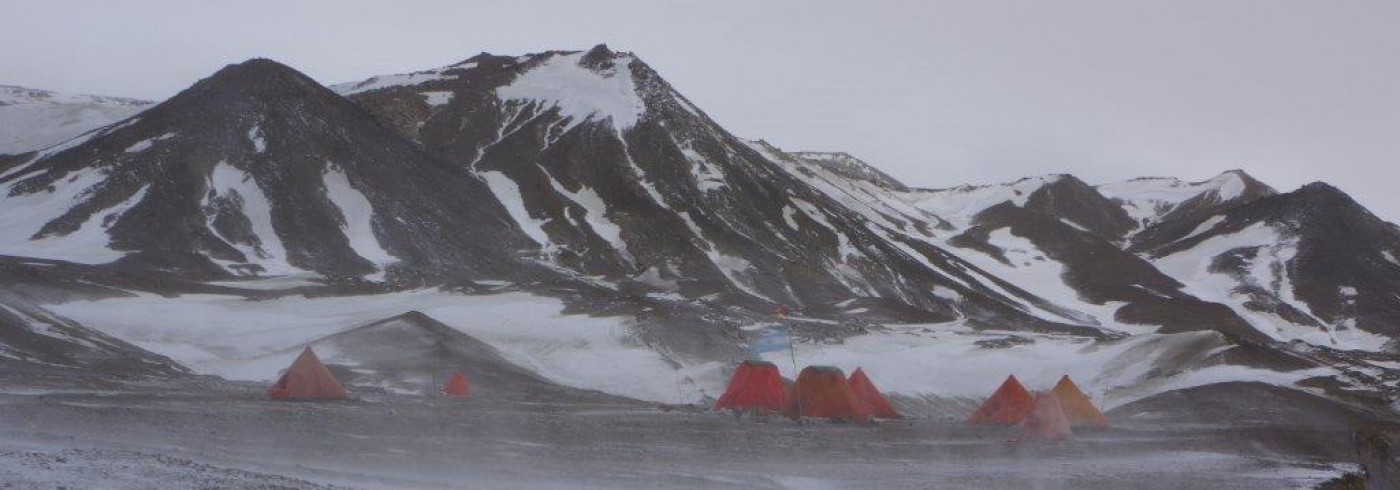The frozen garden of Eden: paleogene mammals from Seymour Island, Antarctica
22 January 2013 - 24 February 2013What are the origins of Antarctic Paleogene terrestrial mammals, and do their biodiversity patterns reflect a severe cooling 65–30 Ma?
It is still unclear where mammals survived the catastrophic mass extinction at the end of the Cretaceous Period, and where the modern orders of mammals originated, as well as modern birds, amphibians, and reptiles. One such place might be Antarctica, although the Neogene thermal isolation has wiped out all terrestrial mammals, and other vertebrates, on this continent. Investigating mammalian biodiversity will help us evaluate the Paleogene climatic deterioration.
Seymour Island east of the Antarctic Peninsula is the only place in Antarctica where fossiliferous Paleogene strata are widely exposed. Palaeontological fieldwork on Seymour Island is done by surface exploration and by sampling fossiliferous sediment horizons.
Our most important findings in 2013, from early Eocene 55 Ma years ago, were the oldest Antarctic land mammals found so far. According to these findings, mammals were present in Antarctica during the Palaeocene and became endemic in the early Eocene, indicating an open ocean biogeographic barrier between Antarctica and South America.




